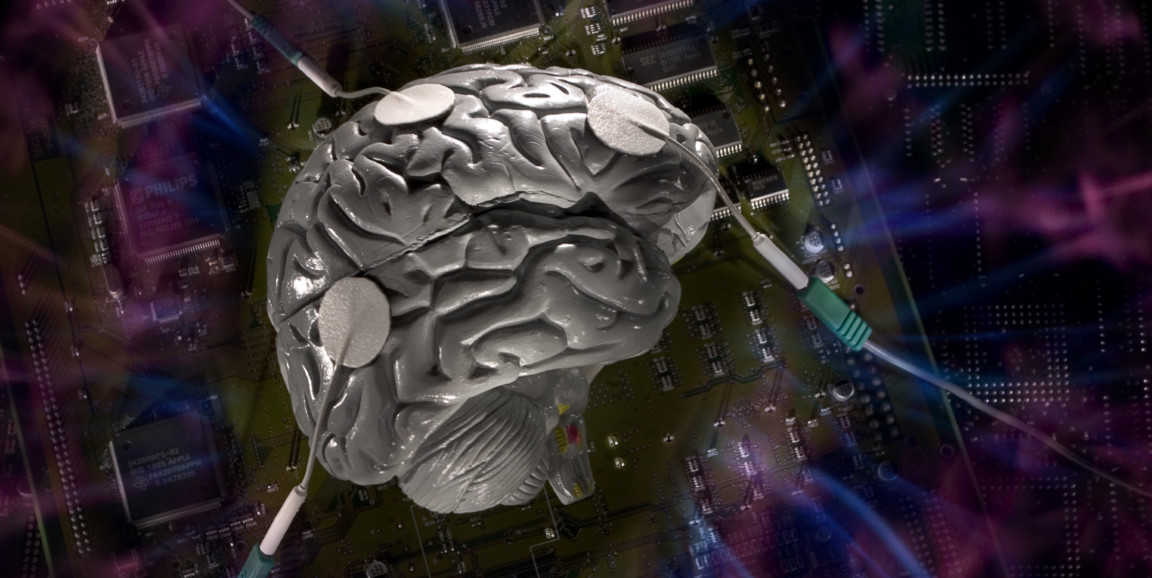Clinical depression affects more than 16 million people in the United States, and each year, 44,000 people in this country die by suicide.
Leanne Williams, PhD, wants those numbers reduced by at least 50 percent in her lifetime. A professor of psychiatry and behavioral sciences at Stanford, Williams has been striving toward that goal with research that uses brain imaging to map precisely how people experience mental illness. She recently identified five new categories of depression/anxiety based on patterns of brain activation and behavior.
Now, with the newly-established Center for Precision Mental Health and Wellness at Stanford, Williams plans to deepen and broaden her research connecting brain function and mental health, and to translate those discoveries into ways to detect mental disorders earlier, identify optimal treatments faster and ultimately help more patients. I caught up with her to learn more.
What is the center’s overarching goal?
The overarching goal is to develop a new model for understanding mental health and treating mental health disorders – particularly for depression, encompassing all stages from the potential risk of depression to chronic, overt disorder. The model will integrate our understanding of the brain with each person’s individual experience, then use these very precise measures to determine, in a very individualized way, what intervention is going to be useful.
The measures will include clinical information, genomics, imaging and eventually, information from wearables and data from daily life.
Once we have this model in place, the next focus will be to scale lab-based insights into natural-world settings. We’ll reach out to underserved populations, launch a longitudinal cohort study and tackle other mental health disorders.
How would this model work for an individual patient?
Different networks in the brain regulate our emotions, our thoughts and decisions, and our self-reflection or how we reflect on our own thoughts. Those networks usually function in a normal range that keeps us going every day. But what we see in depression is a disruption of one or more of these networks: they can become over-active or short-circuit or get stuck, depending on the individual.
These are subtypes of depression. We can use a specific type of brain scan to determine a person’s subtype. And we can use data from our research to determine with 75 percent accuracy which treatment would be most effective for that individual, based on the subtype – which type of medication, or behavioral or psychological therapy, or even newer therapies, like brain stimulation techniques.
What is the demand for this type of individualized treatment?
We currently get at least one request a day from a patient wanting access to this approach. The demand is for a way to get a plan that doesn’t rely on trial and error. Because for the vast majority of people, even with very well-experienced providers, they need to try treatments – usually, a medication – one at a time, to see if it works. That can go on for several years.
Now we can do this assessment. Here is not only a broad diagnosis, but a way of understanding your individual diagnosis or subtype. Then we can look at what might be an intervention to rule in or rule out, and get you more quickly to the one that’s going to be effective.
Can this approach be applied to other mental health conditions?
Depression is our first focus, because of the urgent public need and the rapid advances in brain insights, but we’ll also consider depression in relation to multiple overlapping conditions, like anxiety, post-traumatic stress, attention disorders and substance use, as well as physical problems, such as sleep disorders and obesity.
Which disciplines besides psychiatry and behavioral sciences are part of the center?
Neuroradiology will contribute advanced imaging and neurological sciences, neural models. Psychology will link our understanding of the brain with an understanding of people’s subjective experience. Genetics will deepen our understanding of the links between brain function, psychological experience and individual genetic and molecular profiles.
We'll draw on bioengineering to design new platform technologies, including user interfaces and wearables informed by brain insights.
Biomedical data sciences and informatics are also essential, not only because of the amount of data we generate, but also because we rely on increasingly sophisticated computational models to understand such complex phenomena as the brain and depression.
We need population sciences, global health and the business school when we think about scaling, because the new paradigm ultimately needs to be accessible, cost-effective and culturally-relevant.
We want to transform the social perception of depression.
Photo by Amy Leonard




